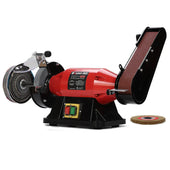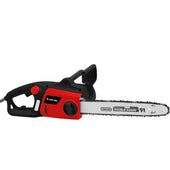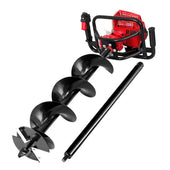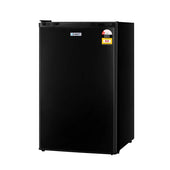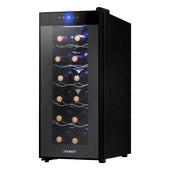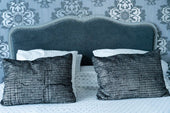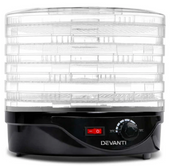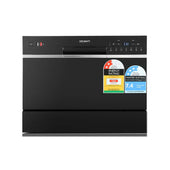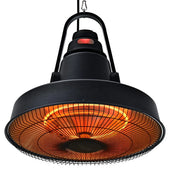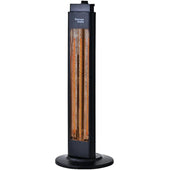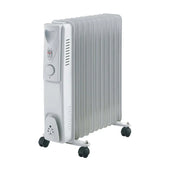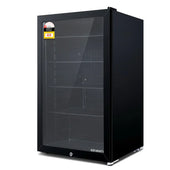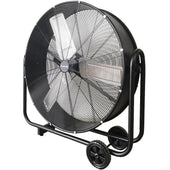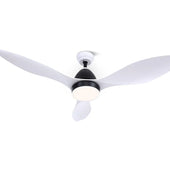Introduction: Why Organising Books Matters for Your Mental Space
An organised bookshelf is more than an aesthetic choice—it profoundly impacts mental clarity and emotional well-being. The arrangement of books offers structure, bringing order to physical and mental environments. Clutter creates stress, often subconsciously, while neatly categorised shelves can foster a sense of control and calm. During Days Properly organised bookshelves serve as functional hubs, promoting easier access and enhancing productivity. Moreover, categorising books based on genre or theme encourages focused thinking and reduces decision fatigue. The psychology behind organising items, including books, stems from the human desire for harmony and a natural preference for order in spaces.
Unpacking the Psychology of Orderliness and Productivity
Orderliness is closely tied to personal productivity, reflecting an individual's need for structure and control. Organised environments can reduce mental clutter, enhance focus, and stimulate motivation. Studies suggest that visually pleasing spaces, such as well-arranged bookshelves, create a calming effect on the mind, enabling better cognitive performance.
Factors Influencing Productivity:
- Sense of Accomplishment: Categorising and organising offer tangible progress, fostering achievement.
- Mental Clarity: Decluttered surroundings ease anxiety and improve decision-making.
- Behavioural Consistency: Organising promotes routines and reduces distraction.
Those drawn to organised shelves often seek psychological grounding, using aesthetics and structure as tools to maintain balance and productivity in their lives.
Different Book Organisation Styles and What They Reveal About You
How someone organises their books can provide intriguing insights into their personality, preferences, and thought processes. Different styles reveal how people relate to order, aesthetics, and functionality.
1. Alphabetical by Author
- Those who arrange books alphabetically by author value systematic order and practicality. This approach suggests an organised mindset and a dedication to fairness, as every author is treated equally.
2. By Genre
- Genre-centric organisers appreciate structure but with a focus on content. This points to a preference for categorisation that highlights intellectual curiosity and an emphasis on thematic exploration.
3. Colour Coordination
- Arranging books by colour indicates a visual thinker who prioritises aesthetics. Such individuals may enjoy creativity and value artistic organisation over functionality.
4. Chronological Order
- Sorting books by publication date suggests historical interest or a desire to trace evolution. This style appeals to those keen on progress, timelines, or narratives.
5. Mood-Based Organisation
- Shelves arranged by personal moods or emotional resonance embody empathy and introspection. This unconventional approach implies deep emotional ties to literature.
The Impact of Decluttering on Mental Well-being
Decluttering shelves influences mental health by reducing visual distractions and creating a sense of order. Cluttered environments can trigger stress and overwhelm due to excessive stimuli, whereas organised spaces foster calmness. By arranging books methodically, individuals often experience enhanced focus since an organised space signals clarity.
During Days Physical organisation also symbolises mental clarity, providing a cathartic effect during the process. Decluttering boosts decision-making skills as individuals sort through what to keep, understanding personal values and priorities. Furthermore, tidy spaces promote relaxation, aiding in quicker stress recovery. Such benefits emphasise the psychological importance of maintaining well-organised book collections.
How Colour-Coded Shelves Can Influence Your Mood
Colour-coded shelves offer more than aesthetic appeal; they can subtly impact emotional well-being. Different colours evoke distinct feelings, influencing the mood of the space. For instance, warm tones like reds and oranges can energise and inspire, while cool hues such as blues and greens are known to foster tranquillity and relaxation.
Organising books by colour can also create visual harmony, reducing clutter perception and promoting a sense of order. Transitioning from dark to light hues on shelves mimics natural gradients, cultivating balance. This method engages the brain’s perception of order, embedding a subconscious feeling of control and calmness in the environment.
Genre, Author, or Interest: Tailoring Your Shelves to Your Personality
Organising books by genre allows readers to immerse themselves in specific moods; for instance, fantasy shelves transport them to magical realms while thrillers keep suspense alive. Arranging by author is ideal for readers passionate about a particular writer's work, creating an effortless overview of their literary contributions. For those with broad interests, categorising by personal passions such as travel, history, or DIY crafts fosters a library that reflects their individuality.
Combining methods, like merging genres with topics, creates dynamic, multi-dimensional shelves. This approach shapes personal reading habits into an organised system, offering insight into one’s unique personality while maintaining accessibility in exploration.
The Joy of Rediscovery: Benefits of Periodic Shelf Reorganisation
Periodic shelf reorganisation serves as more than just a practical exercise; it offers a unique opportunity to reconnect with the books that make up a personal collection. By rearranging books, individuals often uncover forgotten treasures—titles that were once favourites but have been overshadowed by newer additions. This rediscovery can reignite interest in previously read works or inspire rereading.
Reorganising also helps maintain clarity in the collection’s structure, making it easier to locate specific books in the future. The process encourages mindful consumption and ownership, allowing individuals to assess their evolving interests. Additionally, clearing clutter can make shelves more visually appealing and welcoming, enhancing the overall reading environment.
How Digital Tools Can Enhance Physical Book Organisation
Integrating digital tools into physical book organisation allows readers to optimise their collections efficiently.
- Cataloguing Software: Apps such as LibraryThing or BookBuddy facilitate creating an electronic inventory, enabling users to tag genres, authors, or themes.
- QR Codes: Attaching QR codes to books can link them to detailed metadata or reviews stored online.
- Reading Trackers: Digital tracking platforms like Goodreads help monitor progress and suggest complementary reads.
- Virtual Shelving: Software offering visual layouts allows experimentation with arrangements before physically re-organising shelves.
- Search Functionality: Scanning book spines using apps aids quick retrieval based on title or metadata.
These tools ensure quick access, eliminate redundancy, and adapt collections to changing interests while injecting technological ease into traditional methods.
Tips to Create a Personalised Book System That Inspires
A well-organised bookshelf can spark joy, motivation, and a deeper connection with one's reading material. Here are strategies to develop a personalised system:
- Define Your Theme or Goal: Start by identifying the purpose of your collection. Is it academic, leisurely, or sentimental? A clear goal shapes effective categorisation.
- Sort by Emotional Impact: Instead of traditional sorting, group books based on how they make one feel—comforting reads, thought-provoking works, or uplifting adventures.
- Incorporate Colour Coding: Arranging by spine colour adds aesthetic appeal while making the system visually unique.
- Make It Interactive: Dedicate sections for “To-Read”, “Revisit”, or “Shared” categories to engage dynamically with selections.
- Label Creatively: Use personalised labels like quotes, themes, or even small sketches that reflect one’s connection with each category or title.
The Link Between Organised Shelves and Lifelong Learning
Organised bookshelves play a pivotal role in fostering lifelong learning by creating an environment conducive to intellectual engagement. Clearly categorised books offer a visual roadmap, guiding individuals towards diverse topics. Accessibility and order encourage regular exploration, while reducing the time spent searching for material. Well-maintained shelves can spark curiosity, promoting habitual reading and learning behaviours. Moreover, arranged books reflect a sense of commitment to knowledge, reinforcing personal growth and intellectual discipline. The physical act of organising shelves strengthens organisational skills, which are essential for effective study habits. Thus, tidy shelves become a gateway to the pursuit of continuous education.
Transforming Bookshelves Into Spaces That Reflect Your Identity
Bookshelves can serve as more than just storage—they mirror personal identity. Organising them with intention transforms these spaces into visual storytelling tools about interests and tastes. Arranging by themes, such as genres or passions, creates a cohesive aesthetic. Personalisation further shines by blending books with meaningful objects like keepsakes, framed photos, or artwork.
For those who enjoy colour psychology, organising books by cover hue can evoke certain moods. Alternatively, displaying well-loved, tattered titles alongside pristine copies tells a story of personal reading history. This harmony between function and expression allows shelves to feel purposefully curated, reflecting individual personality and values.
Conclusion: From Chaos to Creativity – Psychology Meets Organisation
The psychology behind book organisation reveals a unique interplay between emotional connection and systematic arrangement. By understanding the mental drivers of organisation, individuals can tailor their shelves to both function and inspire creativity. A thoughtful organisation method transforms chaos into a personalised repository, encouraging a sense of accomplishment and inviting exploration of new ideas. Psychologically, categorising books by theme, colour, or frequency of use offers users control, enhancing clarity and reducing mental clutter. Applying organisational principles fosters not only practicality but a reflective space where identity and imagination flourish. When psychology meets organisation, bookshelves evolve into curated stories of individual passions.



